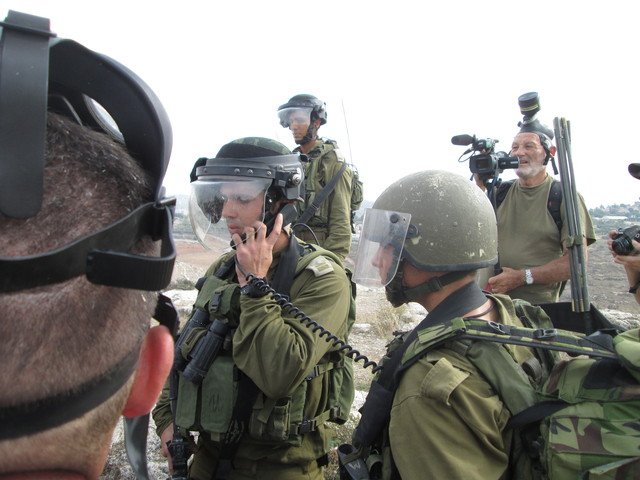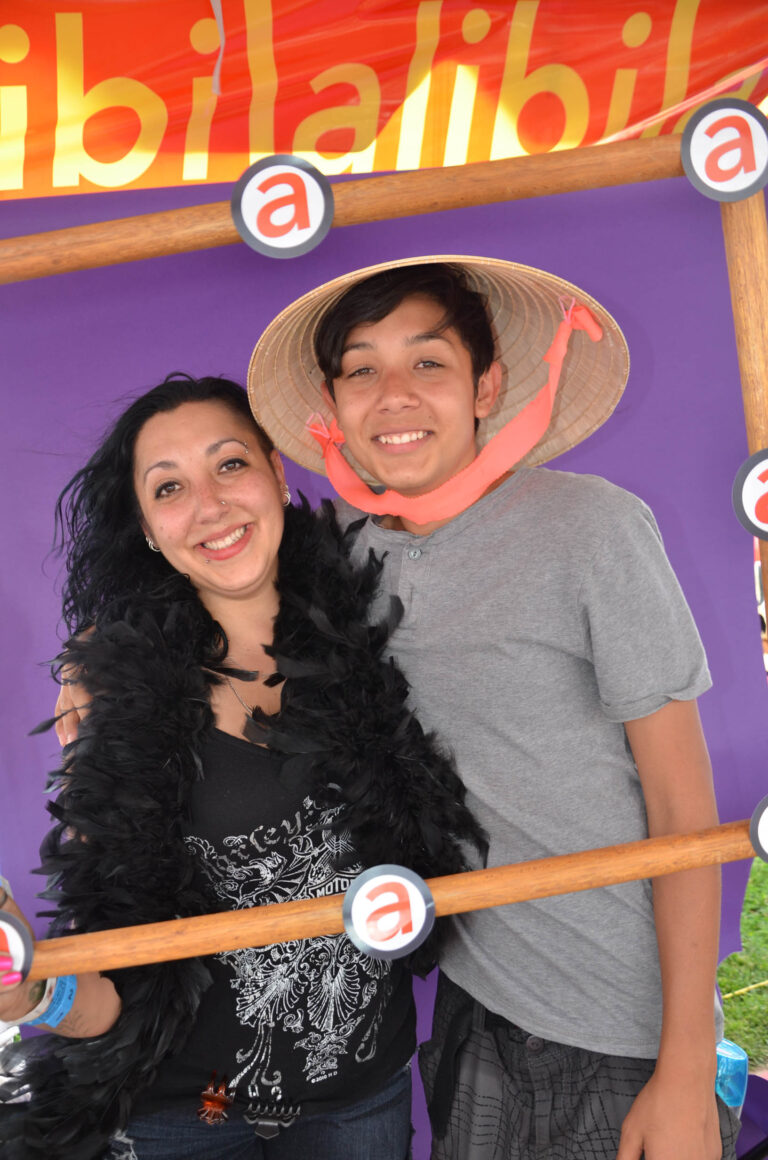Freedom Of The Press In Ramallah


Pictures displayed at a Nov. 8 demonstration in Ramallah against press repression show journalists being attacked by Israeli soldiers.
Andrew Beale



